5310003337187
Price Quote Get an up to date pricing and availability quote for this product. Order online or over the phone.
Quality Commitment
Serving our customers with quality and safety first.
- AS9120 Certified
- Audited supply chain
- ITAR Registered
- DDTC Registered
- HAZMAT Certified
- Customer service objectives
- Every product 100% inspected

5310-00-333-7187 Specification Set by the OEM (see RNCC code 3)
3b
RIGHT-Hand
0.090in. and 0.110in.
round
1.840in. and 1.850in.
0.350in. and 0.370in.
0.190in. and 0.200in.
12
un
16
26.0 rockwell c and 34.0 rockwell c
1.375in. ⁓1-3/8"
119.5 degrees nut and 120.5 degrees nut
steel comp 1035 or steel comp 1045 or steel comp 1137
QQ-S-643 fed spec all material responses
cadmium or zinc
QQ-P-416, ty 2, cl 2 fed spec 1st treatment response or QQ-Z-325, ty 2, cl 3 fed spec 2nd treatment response
Cross Reference Parts Part numbers that meet the specification outlined on this page and set by the OEM
Identification Item Identification Guide (IIG) and Item Name Code (INC)
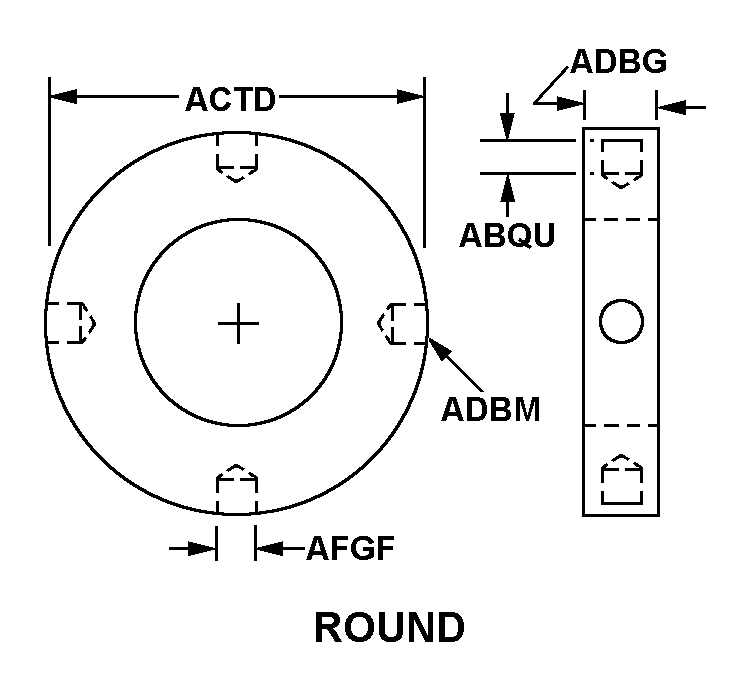
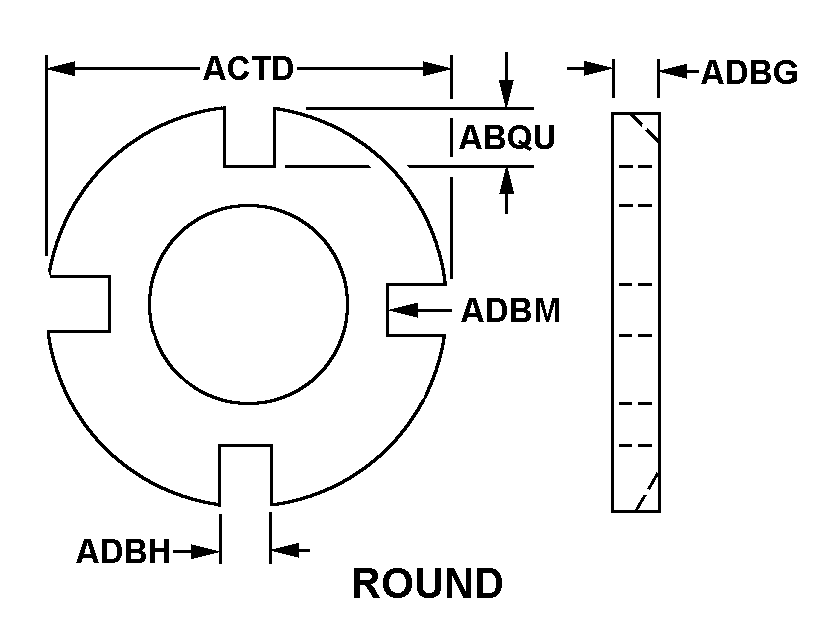
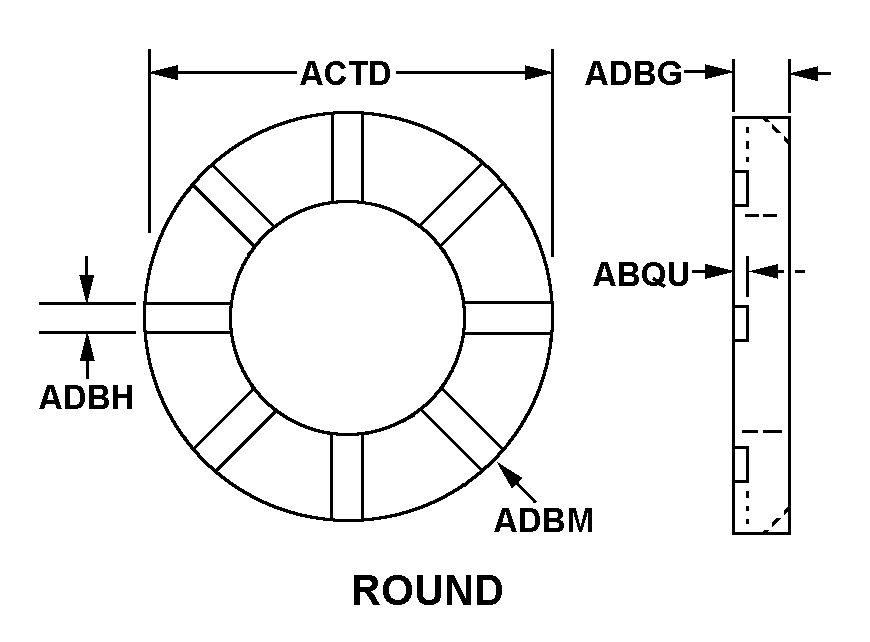
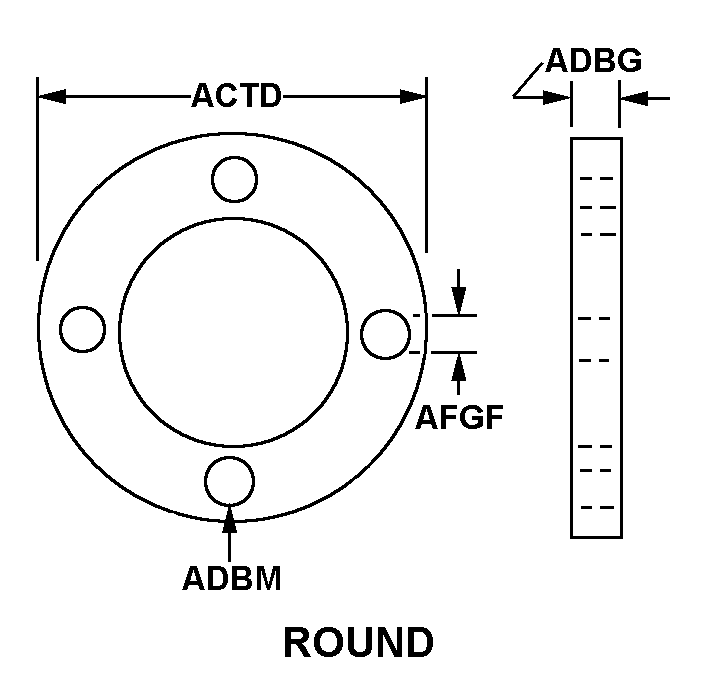
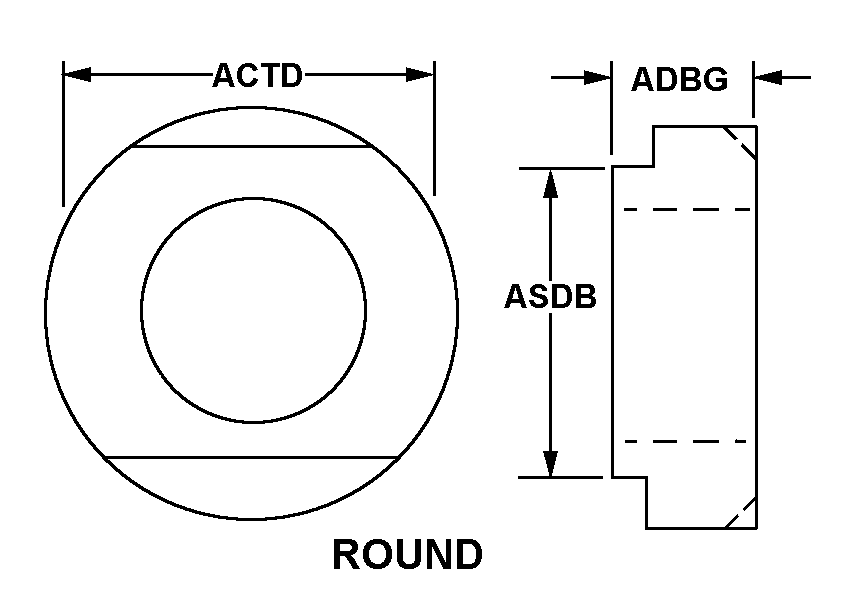
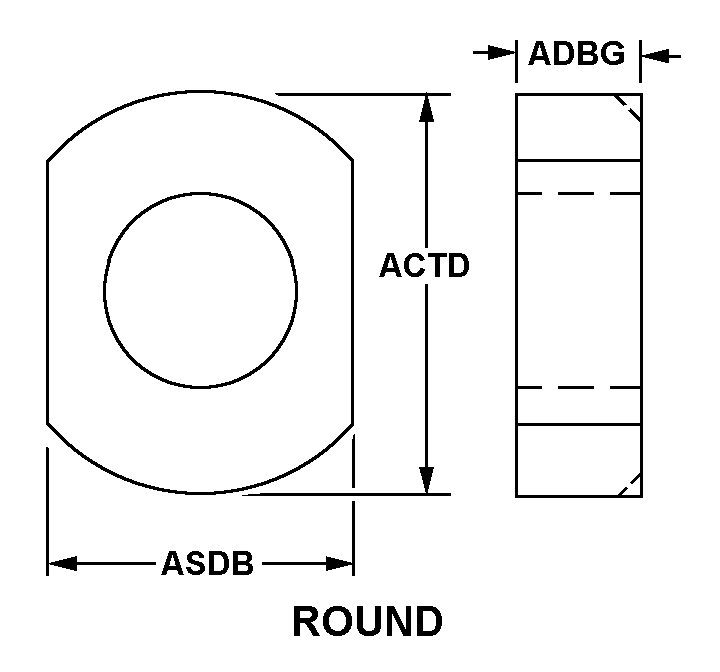
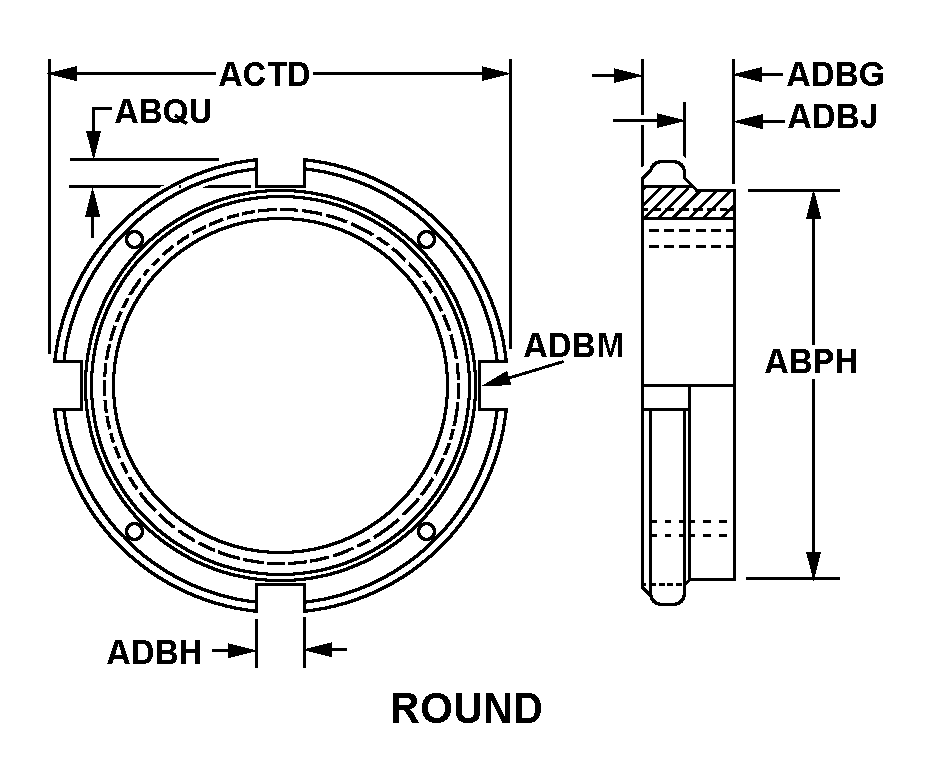
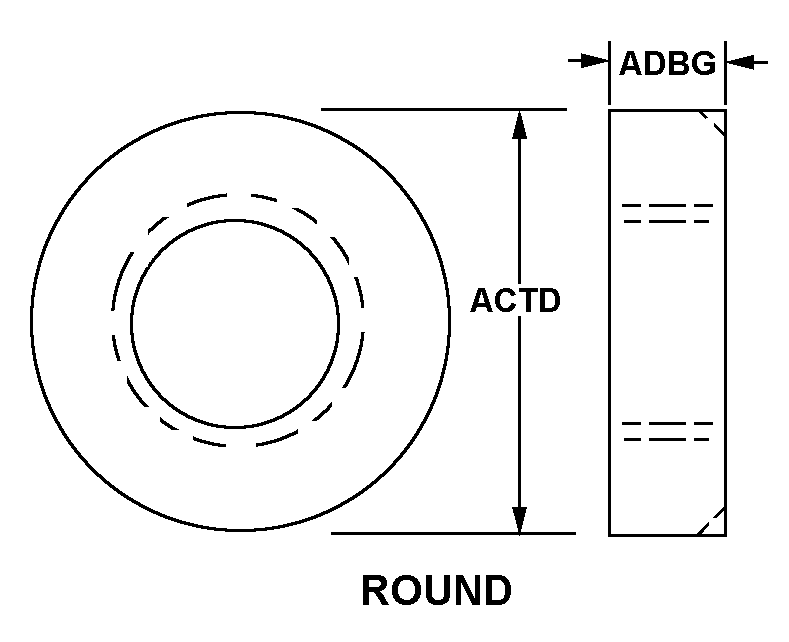

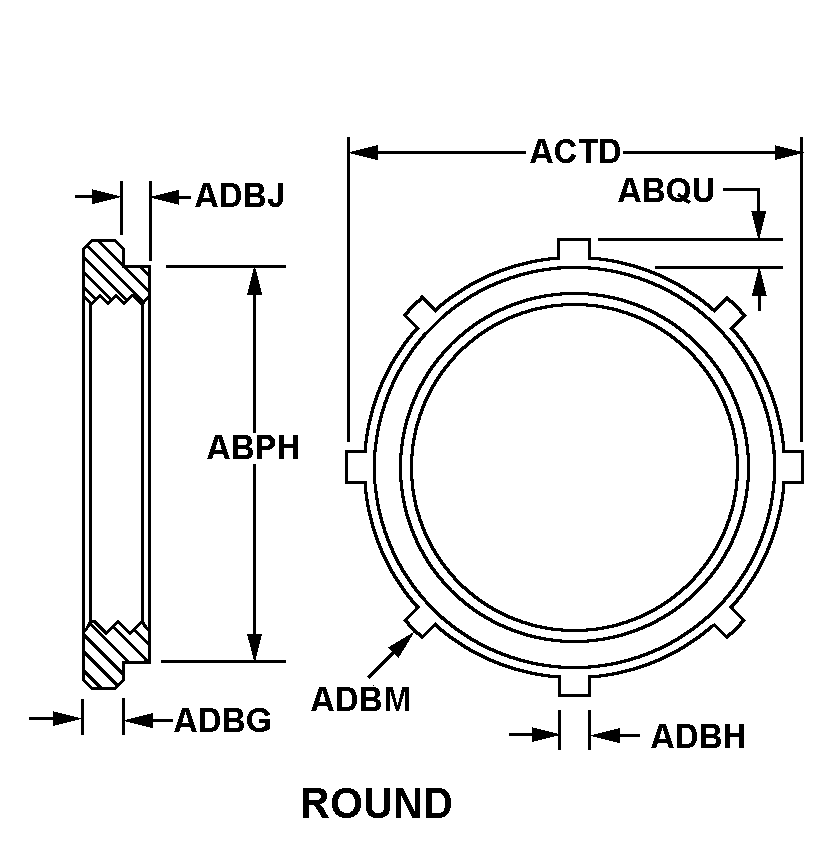

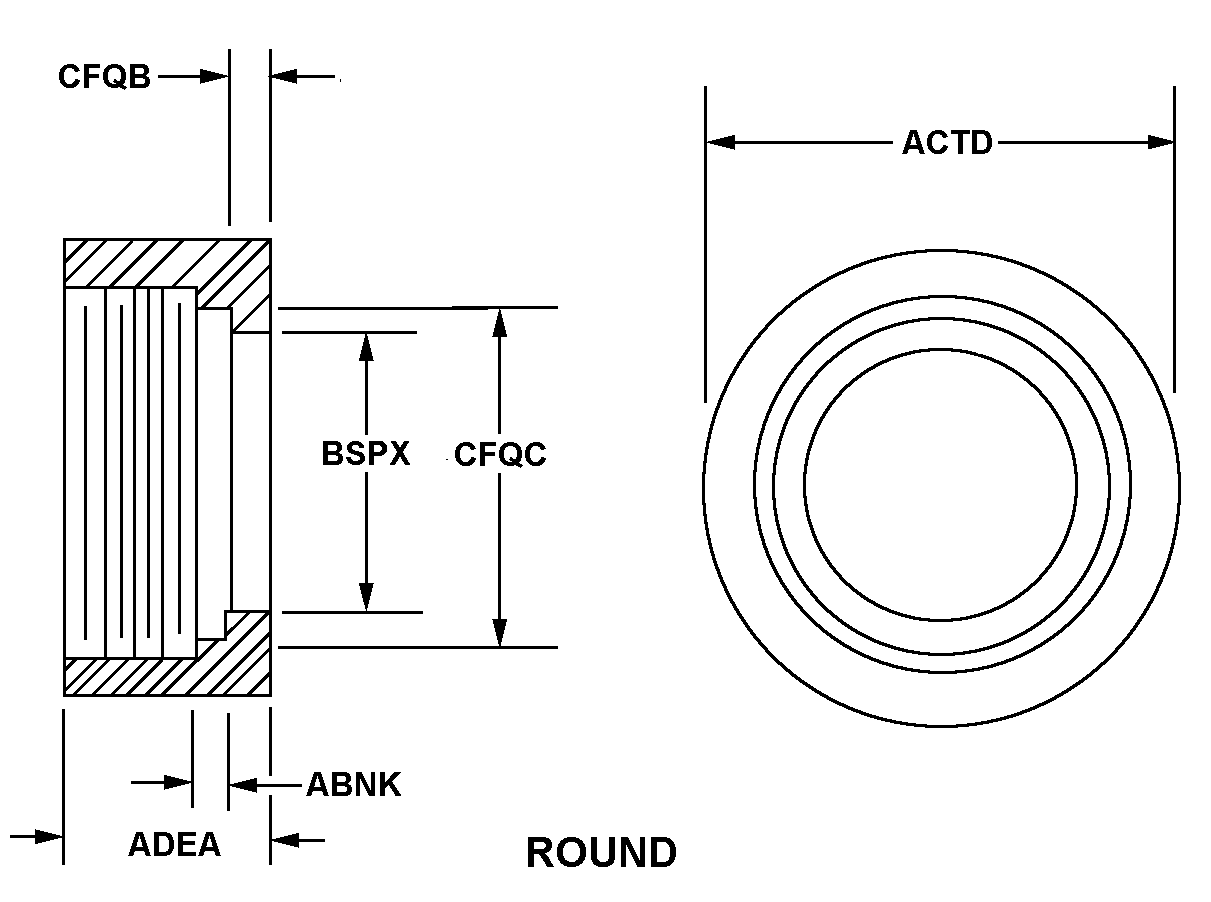
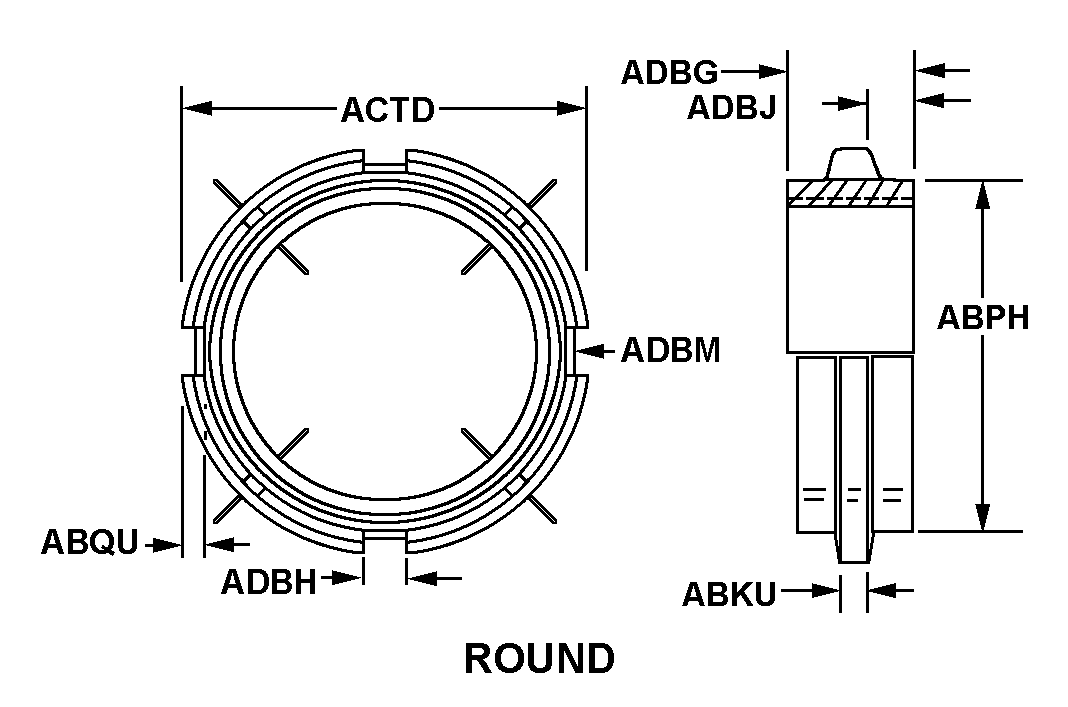
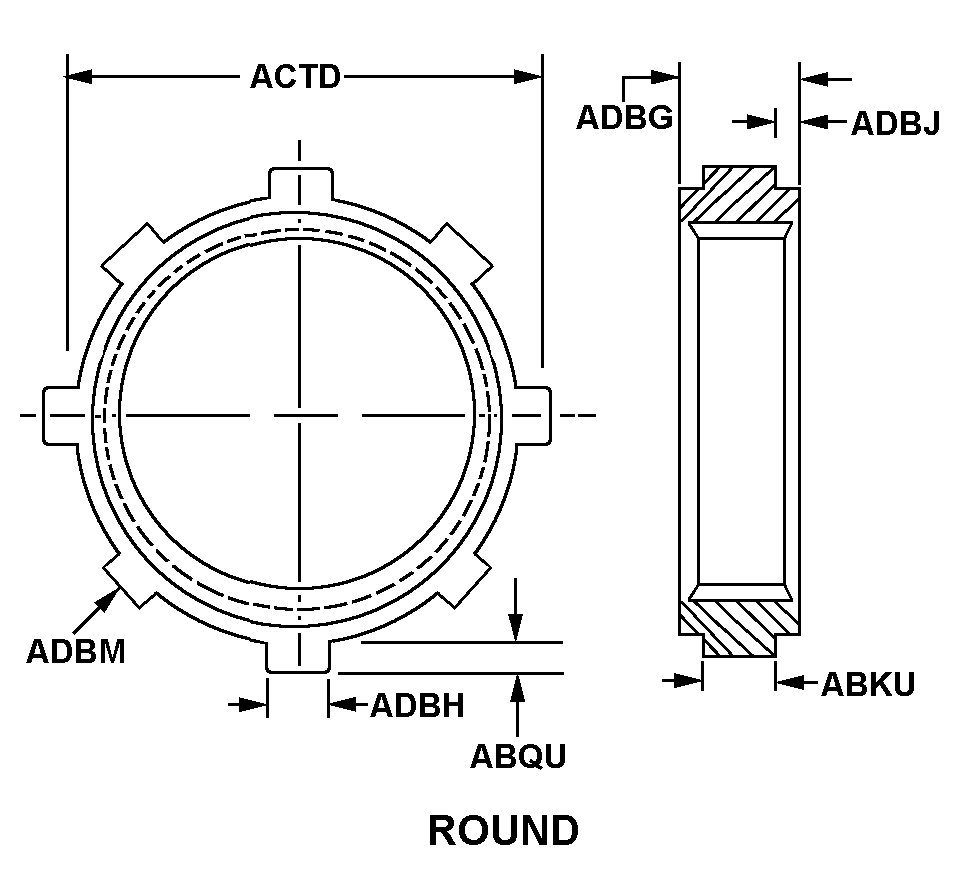
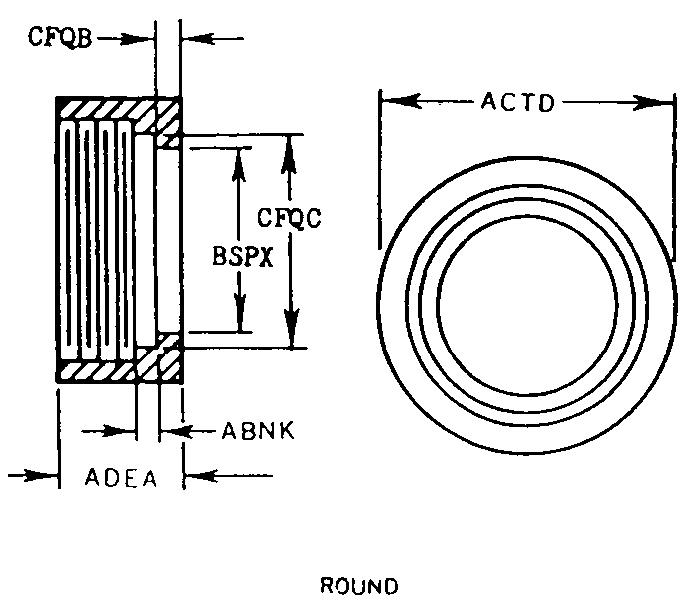
Definition Definition of approved item name (AIN): "NUT,PLAIN,ROUND"
A nut, circular in shape, which may have wrenching facilities such as flats, holes, protrusions, slots or splines in or on the periphery or in the face opposite the bearing surface. For items having a thickness (or height) exceeding two times the outside diameter, use post, electrical-mechanical equipment. See also nut (1), plain, knurled. (when height or thickness and/or outside diameter is designated as a tolerance dimension, the maximum dimension will be used to determine compliance.)
5310-00-333-7187 Material Hazmat, Precious Metals, Criticality, Enviroment, and ESD
Indicates there is no data in the hmirs and the nsn is in a fsc not generally suspected of containing hazardous materials.
Precious metal content is unknown
The item does not have a nuclear hardened feature or any other critical feature such as tolerance, fit restriction or application.
Identification Codes
HMIC: Hazardous Material Indicator Code. A one position code that identifies a hazardous item.
PMIC: Precious Metal Indicator Code. A one position code which identifies items that have precious metals as part of their content. precious metals are those metals generally considered to be uncommon, highly valuable, and relatively superior in certain properties such as resistance to corrosion and electrical conductivity.
ESD: Electrostatic Discharge. Indicates if an item is susceptible to electrostatic discharge or electromagnetic interference damage. electrostatic discharge damage occurs when an accumulation of static electricity generated by the relative motion or separation of materials is released to another item by direct contact. electromagnetic interference damage occurs when an item comes into proximity with an electrostatic or magnetic field.
ENAC: Enviromental Attribute Code. Identifies items with environmentally preferred characteristics.
CRITL: Criticality Indicator Code. Indicates an item is technically critical by tolerance, fit, application, nuclear hardness properties, or other characteristics.






